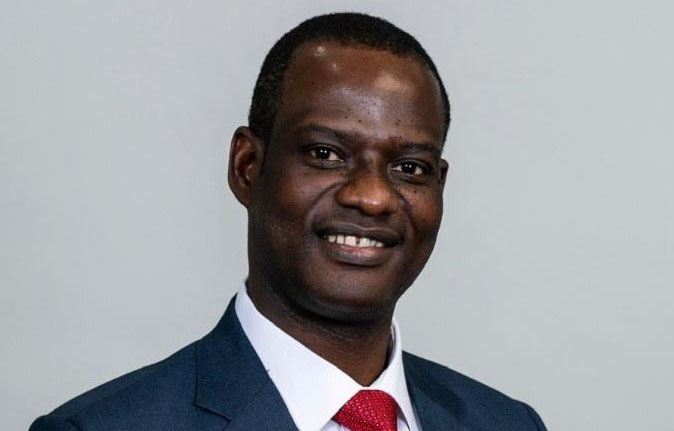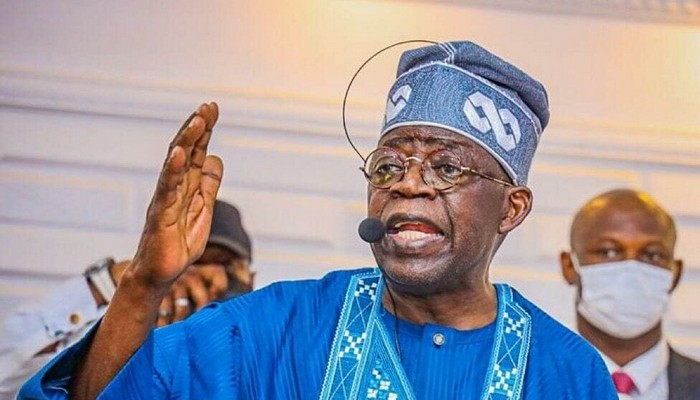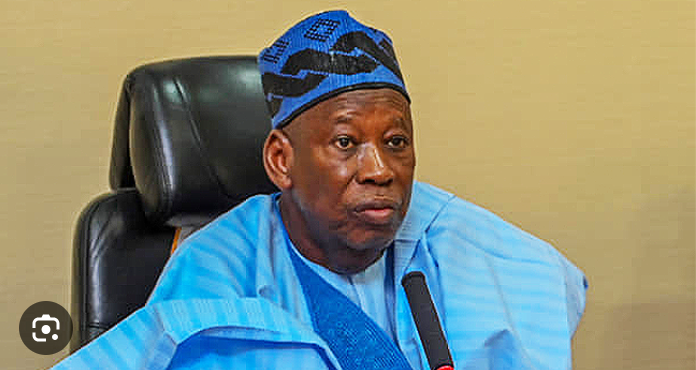
..As CBN plans to sell N1.23b worth of TB in Q1 2017
The Nigerian currency, Naira, on Thursday steady at the parallel market at N485 against the dollar compared with N483 to a dollar, traded on Wednesday.
This is even as the Federal Government plans to raise about N1.23 billion through issuance of treasury bills in the first quarter of next year. It further plans to raise N1.24 billion from treasury bills which are rolled over into 2017 and maturing at different dates
In spite of the current rates of the local currency, forex dealers are optimistic that the local currency is likely to tread water next week on dollar inflows from Nigerians visiting home during the holidays against waning demand.
The naira is expected to hold steady around its present level against the greenback in the parallel and official interbank market as dollar flows from Nigerians living abroad who are expected to visit home during the December holidays.
The local currency fell 1.78 percent week-on-week on Thursday to 485 to the dollar on the parallel market from 480 a dollar last week, while it was quoted by commercial lenders at 315 a dollar on the official interbank market.
The naira has, however, consistently closed around 305.5 a dollar level since August via the official window.
“Demand for the dollar is seen dropping ahead of the Christmas as businesses gradually wind down, while dollar flows from Nigerians in Diaspora visiting home on holiday is expected to increase supply in the market,” one dealer said.
According to the Central Bank of Nigeria (CBN) issuing calendar for treasury bills, which was posted on its website, bills maturing in three months, six months and one year are expected to yield N244.76 million , N321.51 million and N665.54 million respectively in Q1 2017.
However, the rollover issuance is expected to generate N244.76 million, N337.30 million and N665.54 million for bills with 91, 182 and 364-day tenor respectively.
The Federal Government issues treasury bills as part of a borrowing plan to finance part of the government budget deficit as well as to help manage liquidity in the banking system and curb inflationary growth.






